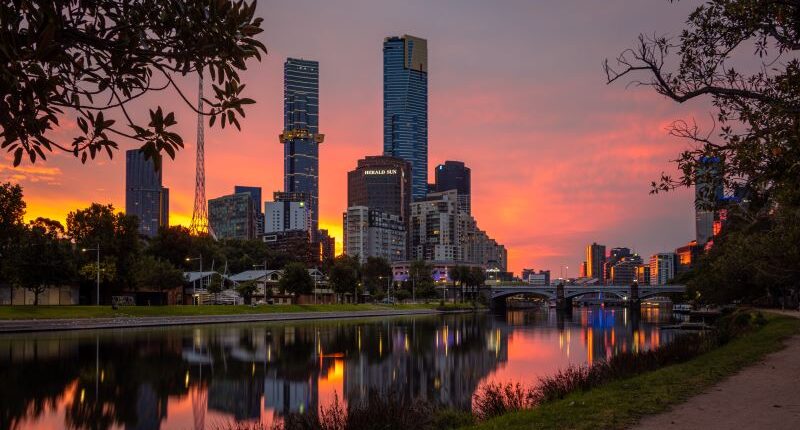- National vacancy rate stabilises at record low 0.8%
- Available rentals increase in all capitals except Darwin
- Conditions could be starting to turn around
The rental crisis is still impacting renters, but there is now hope that the market is starting to turn with vacancy rates stabilising and listings increasing.
Domain April Rental Vacancy Rate Report found that the national vacancy rate has remained at its lowest point on record at 0.8%, for the fourth month in a row and is showing signs of bottoming out.
The number of vacant rentals across the capital cities increased by 14,077 or 6.8% over the past month, with every capital city experiencing a rise except for Darwin, while regional Australia saw an increase of 7,016 (7%) vacant rental properties.
Domain’s Chief of Research and Economics, Dr Nicola Powell said that while rental listings are 18.2% lower, annually, most capital cities are beginning to see an improvement in rental listings over the year.
“It continues to be a challenging environment for tenants but the run of steady vacancy rates suggests conditions have stabilised,” said Dr Powell.
“It is positive to see that the majority of cities are seeing a rise or stabilising, so if this trend continues, it could indicate a turning point for the broader rental market.”
Dr Nicola Powell, Domain’s Chief of Research and Economics
“Rising and record asking rents will persist until we see vacancy rates lift much higher but we might start to see a slowdown in the pace of rental price growth as supply lifts.”
Vacancy rates

Pressure slowly starting to ease
Sydney’s vacancy rate increased to 1% for the first time since December, driven by a monthly boost in rental stock. Despite this, Sydney remains at an all-time low for April and is still tracking lower annually, down 29.8%.
Melbourne’s rate rose for the first time in four months to 0.9%, steered by a monthly jump in rental listings. While that rate improved, it’s still lower than last year, highlighting the mismatch between supply and demand.
Brisbane’s vacancy is steady this month, holding at 0.7%. The recent string of stability shows the rental market is still moving away from the highly competitive conditions seen at the start of the year.
Perth and Adelaide remain the most competitive cities for tenants, both at 0.4%. Perth held steady in April, while Adelaide saw a slight monthly rise. Both Perth and Adelaide vacancy rates are now slightly higher than their record-low levels.
Canberra’s vacancy rate increased in April to 1.7%, more than double the rate it was this time last year. The continual rise indicates an easing of conditions for tenants.
Darwin’s vacancy rate fell for the fourth consecutive month but remains higher annually.
Hobart recorded the biggest monthly rise in its vacancy rate of the capitals, at its highest rate since May 2020, the onset of the pandemic. This is driven by a significant jump in rental listings both monthly and annually.
Tightest rental conditions
Across the country, there are still a number of areas that are experiencing incredibly tight vacancy rates. In Sydney, the areas with the lowest vacancy rates include Bankstown at 0.3%, Canterbury at 0.4%, Sutherland-Menai-Heathcote at 0.4%, Camden at 0.4%, and Mount Druitt at 0.5%.
In Melbourne, Maroondah has a 0.4% vacancy rate, Darebin-North with 0.4%, Frankston at 0.5%, Cardinia at 0.5%, and Nillumbik-Kinglake at 0.5%.
For Brisbane and Gold Coast, Strathpine has a 0.3% vacancy rate, Sandgate at 0.3%, Holland Park-Yeronga at 0.4%, Chermside with 0.4%, and Forest Lake-Oxley at 0.4%.
In Perth, Bayswater-Bassendean has a 0.2% vacancy rate, Canning at 0.2%, Gosnells at 0.2%, Kalamunda with 0.3%, and Cockburn at 0.3%. Finally, in Adelaide, Tea Tree Gully has a 0.2% vacancy rate, Marion at 0.2%, Onkaparinga at 0.2%, Port Adelaide-East with 0.2%, and Salisbury at 0.2%.
Monthly vacancy rates








